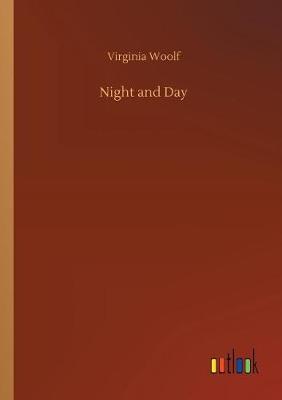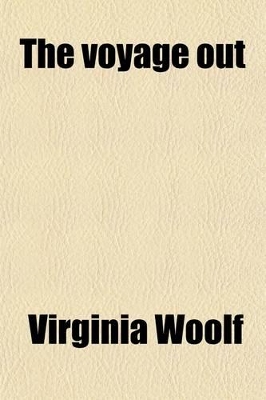2
2 total works
Set
Katherine Hilbery, torn between past and present, is a figure reflecting Woolf's own struggle with history. Both have illustrious literary ancestors: in Katherine's case, her poet grandfather, and in Woolf's, her father Leslie Stephen, writer, philosopher, and editor. Both desire to break away from the demands of the previous generation without disowning it altogether. Katherine must decide whether or not she loves the iconoclastic Ralph Denham; Woolf seeks a way of experimenting with the novel form that still allows her to express her affection for the literature of the past. "Night and Day" is the most traditional of Woolf's novels, yet even here we can see her beginning to break free; in this, her second novel with its strange mixture of comedy and high seriousness, Woolf had already found her own characteristic voice. This edition is one of ten World's Classics by Virginia Woolf, and comes with an introduction and notes to provide guidance for readers new to this author.
Set
"The Voyage Out", written in 1915, is the story of a rite of passage. When Rachel Vinrace embarks for South America on her father's ship she is launched on a course of self-discovery in a modern version of the mythic voyage. Virginia Woolf knew all too well the forms that she was supposed to follow when writing of a young lady's entrance into the world, and she struggled to subvert the conventions, rewriting and revising the novel many times. The finished work is not, on the face of it, a "portrait of the artist". However, through "The Voyage Out" readers discover Woolf as an emerging and original artist: not identified with the heroine, but present everywhere in the social satire and the lyricism and patterning of consciousness. General readers, students and teachers of English literature, and Women's Studies may find this work interesting.

